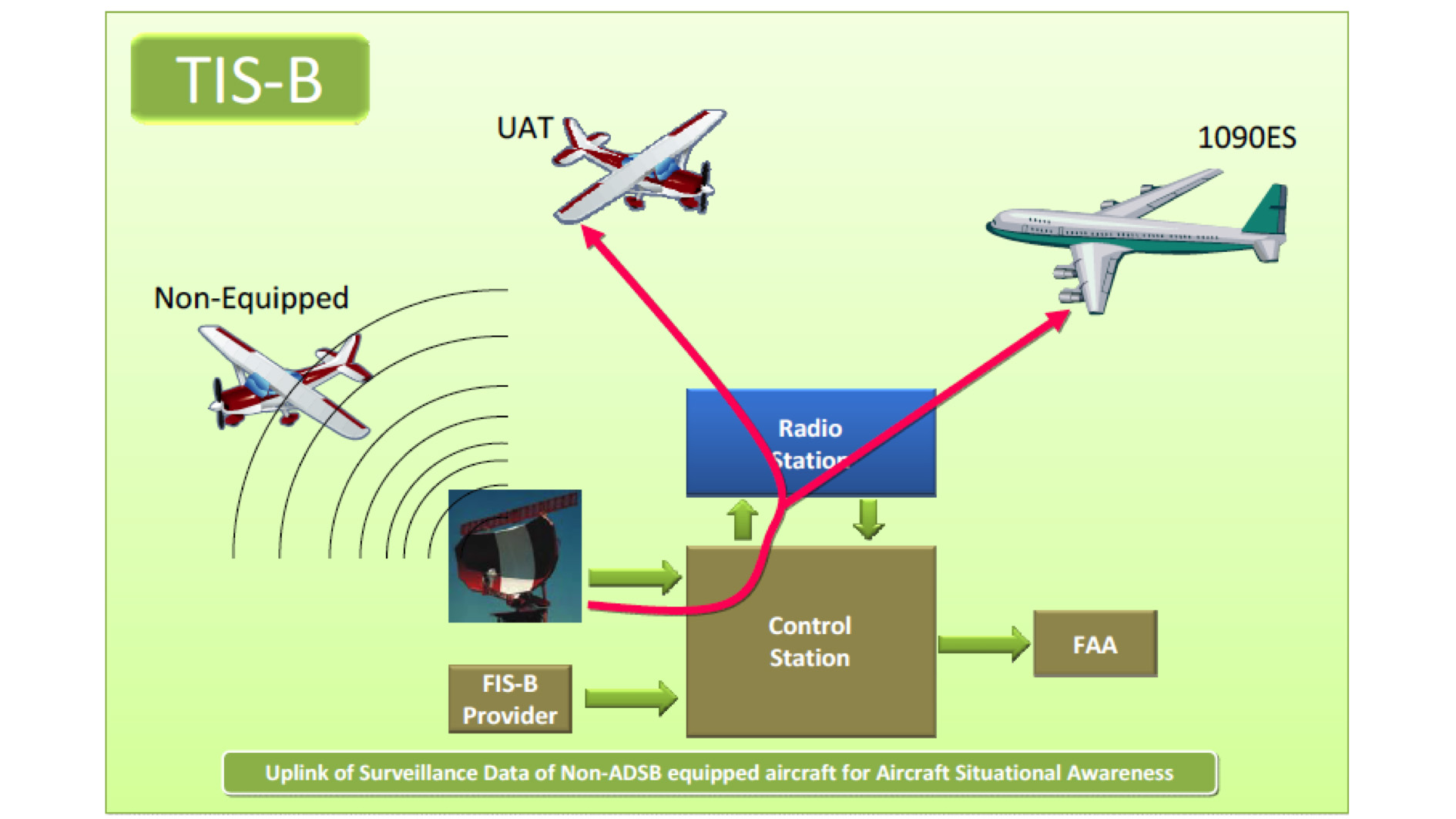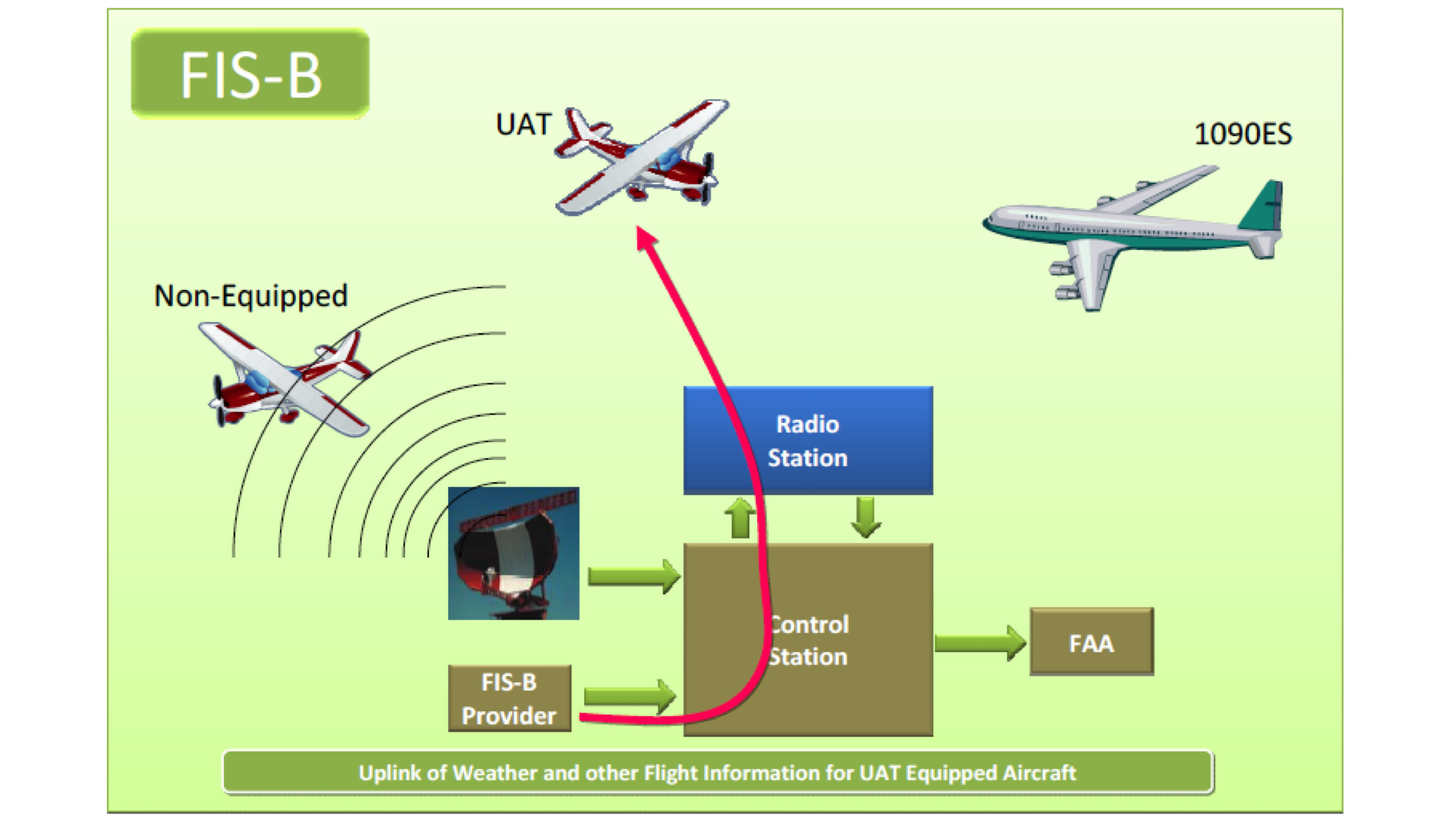Aircraft maintenance: Decoding ADS-B
Automatic Dependent Surveillance-Broadcast (ADS-B) Out: Yes, it’s expensive. Yes, it’s a government mandate. Yes, it’s confusing. However, there is a bright side: By Jan. 1, 2020, almost every general aviation aircraft will have traffic and weather in the cockpit. That equals increased safety for everyone.
The deadline for ADS-B compliance is Dec. 31, 2019 (because the mandate goes into effect the next day), which is coming surprisingly fast. A bunch of you thought that compliance was irrelevant because you’d probably not qualify for a medical by 2020. Surprise! BasicMed, the new alternative to medical certification, goes into effect May 1 this year, so lots of us could get to keep flying longer, which means it’s time to revisit that procrastinating approach to ADS-B Out equipage.
With many avionics shops booking out six or more months, time is getting short. So, let’s focus on what matters now: selecting the right ADS-B solution for you and getting it installed by 2020.
A (brief) ADS-B primer
I spent the better part of a decade working for avionics companies, including Honeywell Aerospace (Bendix/King). This makes it tempting to steer off into the weeds with history and details. However, there isn’t nearly enough space in this column to properly cover even an introduction to ADS-B. So, let’s focus on the technical aspects that matter for selection and installation of a solution that’s right for you.
What’s in a name? We can learn a lot by decoding the ADS-B acronym.
AUTOMATIC—The ADS-B system works with no pilot or ground operator intervention. Aircraft transmit their position, aircraft information, speed, direction, etc., without waiting to be “interrogated” by a ground station.
DEPENDENT—The ADS-B system is dependent on aircraft transmitting their GPS position. And, the aircraft’s ADS-B system is dependent on having a WAAS GPS to obtain that information. An example of an “independent” tracking system would be a primary radar system that sends out radio signals and listens for returns of anything (even flocks of geese).
SURVEILLANCE—The ADS-B system is based on surveillance of all the participants. This includes aircraft, ships, ground vehicles, cranes, towers, etc. If it’s relevant to safe transit, it can be equipped with an ADS-B unit.
BROADCAST—After surveilling the environment, the system broadcasts a consolidated picture of all traffic to participating aircraft. Aircraft also broadcast their position to one another. In the case of GA aircraft in the United States listening to the UAT frequency (978 MHz), the broadcast also includes weather.
The devil is in the details, which is why ADS-B can be so confusing. It starts with two important, complicating factors.
- ADS-B is not a transponder replacement, yet. Collision avoidance systems (TCAS) are still based on Mode-C/S transponders. Therefore, the new system requires that you have both ADS-B and a Mode-C or S transponder. That requirement will go away at some point in the future.

- There are two ADS-B frequencies. While the rest of the world uses ADS-B for traffic only on 1090 MHz, the United States decided to offer the GA community a second option that also includes weather information (on 978 MHz, known as UAT). Unfortunately, these systems only talk to each other through ATC’s ground stations. This leads to lots of issues and options to consider when selecting a solution for your aircraft.

This is just the tip of the iceberg we’re headed toward in 2020. Next time, we will talk more about the hardware requirements for your aircraft and how to chart a course forward that fits your mission and your wallet. Until then, happy flying!

